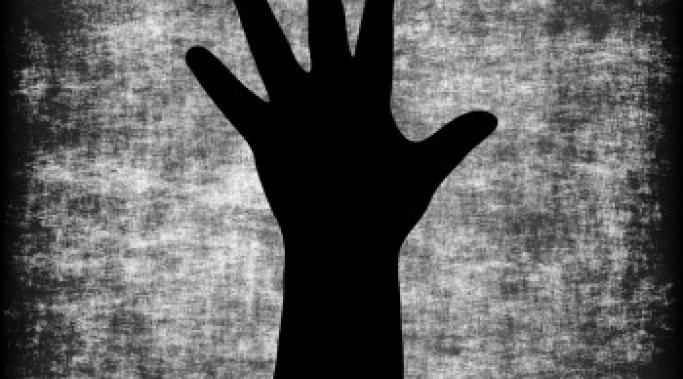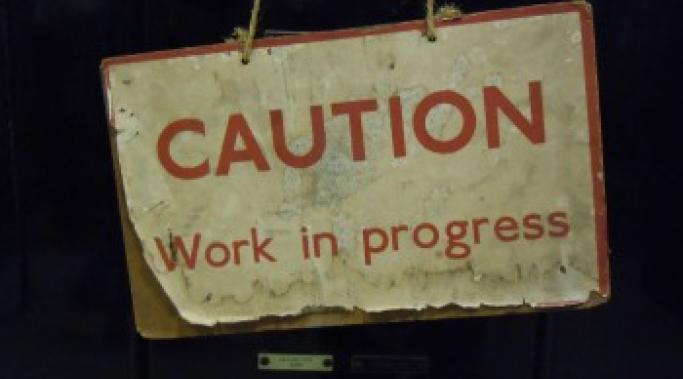Even though dissociative identity disorder (DID) is considered a dissociative disorder according to the Diagnostic and Statistical Manual of Mental Disorders or DSM-5, many people refer to it as a trauma disorder. Much like in posttraumatic stress disorder (PTSD), people with DID often have a history of trauma and/or abuse. But is trauma always a requirement for DID?
DID Diagnosis
With more than 1% of the population having dissociative identity disorder (DID), it's more likely than not that you know someone who has DID. He or she may be open about his or her diagnosis, or you may suspect the disorder even though he or she hasn't admitted it. So, what should you do if you think someone you know has DID?
A dissociative identity disorder (DID) diagnosis doesn't always come as a surprise. You start out by ignoring DID signs and symptoms, until they can no longer be ignored. So you start searching online, and find out many of your symptoms fit with dissociation, and this disorder called DID. It can be overwhelming and confusing. So what should you do if you think you have dissociative identity disorder?
At one year after my dissociative identity disorder diagnosis, I can say I have learned a lot. When you receive a dissociative identity disorder (DID) diagnosis, your life changes (Criteria for Dissociative Identity Disorder in the DSM-5). You learn to adjust your life as a multiple in a world designed for singletons. Those adjustments aren't easy, but you try and figure it out. Some changes can lead to progress, while other changes can set you back. So does living with DID get easier over time? Is one year after my dissociative identity disorder diagnosis easier than day one?
Life with dissociative identity disorder (DID) is often filled with self-doubt. People with DID doubt their memories and doubt themselves. It is especially difficult in the beginning of a DID diagnosis, when the urge to engage in denial is often the strongest. But the tendency towards self-doubt doesn't stop there; it can continue for years. One cause of consistent self-doubt is related to a type of psychological abuse experienced by many with DID: gaslighting.
Dissociative identity disorder (DID) is just one of several diagnoses listed in the dissociative disorders section of the Diagnostic and Statistical Manual of Mental Disorders (DSM-5). Many people live with dissociative symptoms, but don't meet all of the criteria necessary for a diagnosis of DID. When this is the case, a different diagnosis -- other specified dissociative disorder (OSDD) -- can be more fitting. These diagnoses all have dissociation in common, so what makes them different?
Disclosing a dissociative identity disorder (DID) diagnosis is a personal choice. There are many options regarding dos and don'ts of disclosure, and all of the pros and cons should be considered before making a decision. It is especially important to consider the risks of disclosing a DID diagnosis, and be prepared for any negative consequences that may come as a result of being open.
Life with dissociative identity disorder (DID) is a journey full of new discoveries, growth and understanding. It is also a journey full of denial, confusion, and pain. Just when you think you have a grasp on life with DID, something (a new alter, or a new memory, perhaps) comes along and shakes everything up. Life with DID can be a difficult journey, but it's not an impossible one.
There is an undeniable link between dissociative identity disorder (DID) and child abuse. Child abuse can lead to mental health problems that occur in childhood and can continue into adulthood. People often relate childhood abuse to depressive disorders, anxiety disorders, and posttraumatic stress disorder (PTSD), but dissociative identity disorder has the most significant connection to childhood abuse and neglect, so much so that the connection between DID and child abuse cannot be ignored.
Mental illnesses are complex. Symptoms can be misinterpreted, resulting in a misdiagnosis. This is understandable, given that different disorders often share some similar symptoms. In cases of dissociative identity disorder (DID), there is often confusion between bipolar disorder and DID symptoms. While bipolar disorder and DID each have unique symptoms, there is some symptom overlap. It is important to recognize the differences in symptoms, as these disorders have different causes and treatments.





